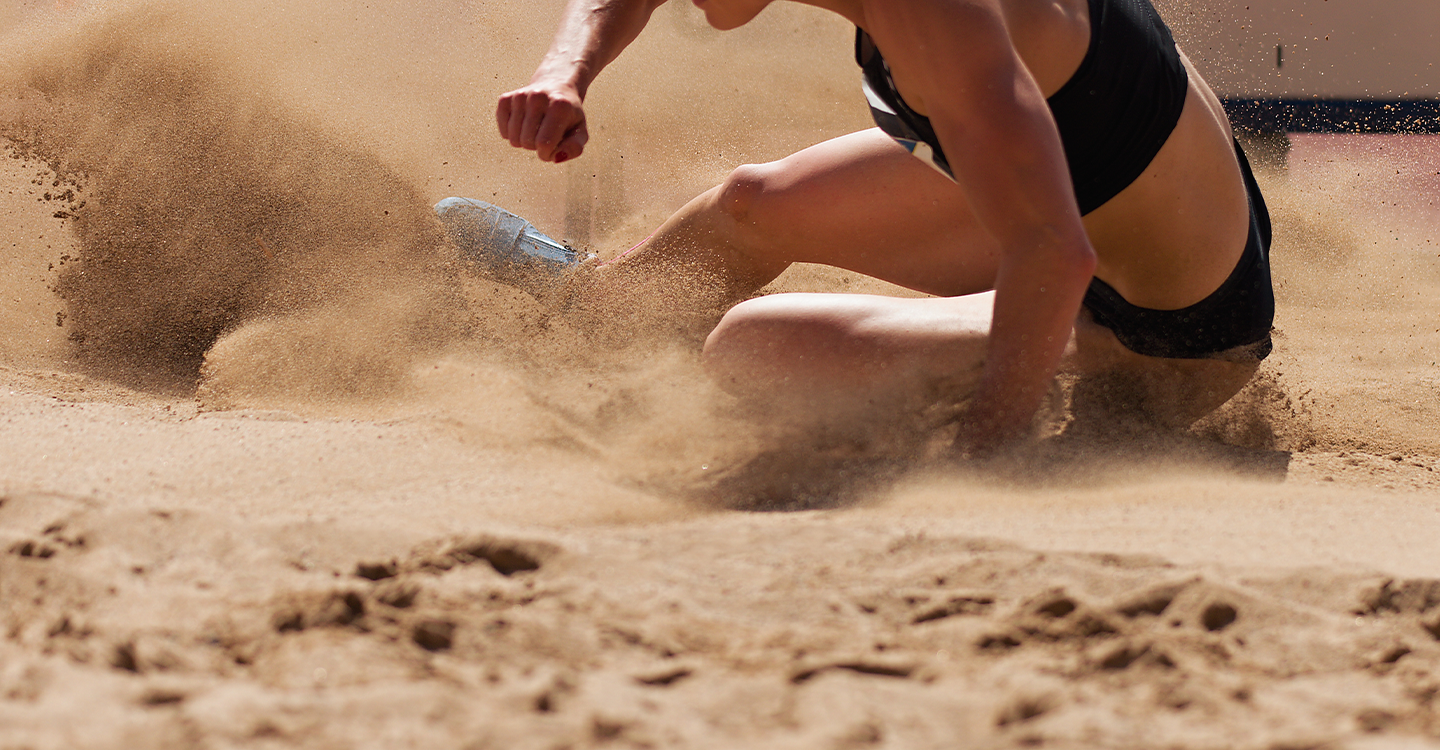

In 2025, the World Athletics Championships will be held in Tokyo to determine the fastest, best, and strongest athletes in the world. Look forward to heart-stirring moments created by the sight of athletes from all walks of life connecting, fighting with all their might, joining forces, and sharing in the excitement and emotion of sports. New dreams and hopes brought to us by the joys and pressure of world-class athletics.
Join us in building the Tokyo of 2025 and beyond.
Japan National Stadium, as an international facility, was the main venue for the Tokyo 2020 Olympic and Paralympic Games, including their opening and closing ceremonies, and the Track & Field events. Constructed with a large amount of Japanese timber, it features a Japan-influenced design that is based on the concept of providing a safe and comfortable environment for all spectators to enjoy sporting events. Consideration was also taken for barrier-free accessibility, enabling visitors to get around without physical obstructions. It also boasts a natural grass field for athletics, hosting sporting events ranging from track & field meets to soccer and rugby.
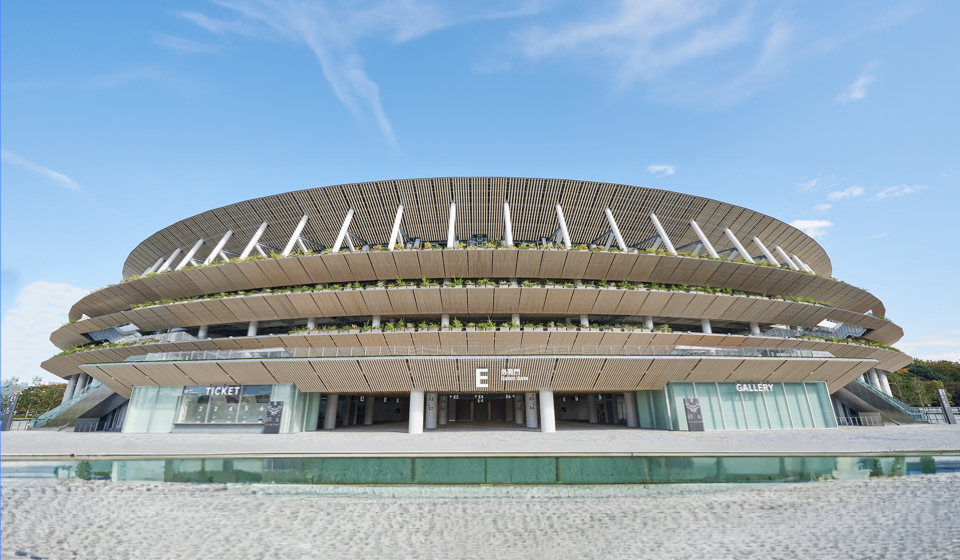
Discover recommended spots to visit in Tokyo that can be found near the event venues.
A bit of sightseeing is a fun way to make the most of your time between competitions.
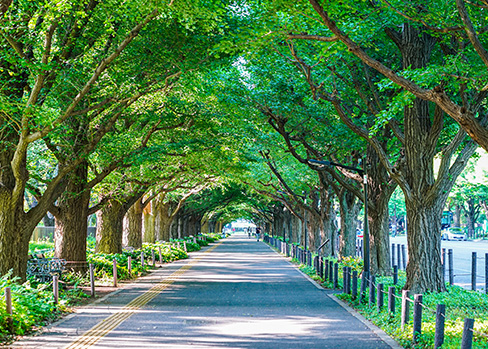
Location:Kasumigaokamachi, Shinjuku-ku, Tokyo
See route on Google Maps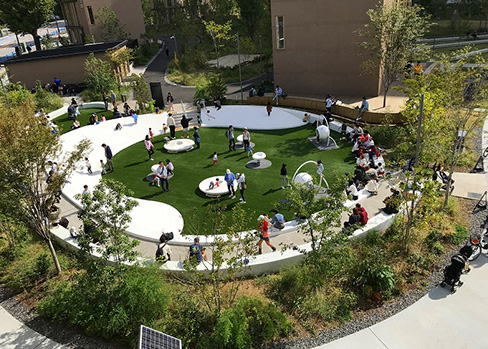
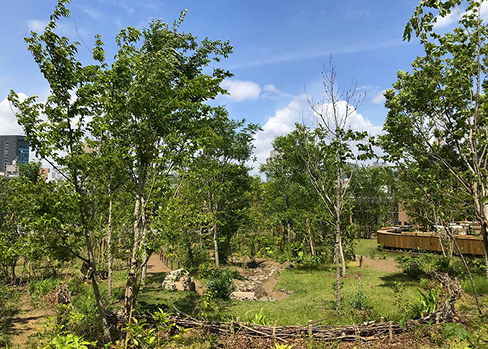
Location:Kasumigaokamachi and vicinity, Shinjuku-ku, Tokyo
https://www-meiji--park-com.translate.goog/?_x_tr_sl=ja&_x_tr_tl=en&_x_tr_hl=ja
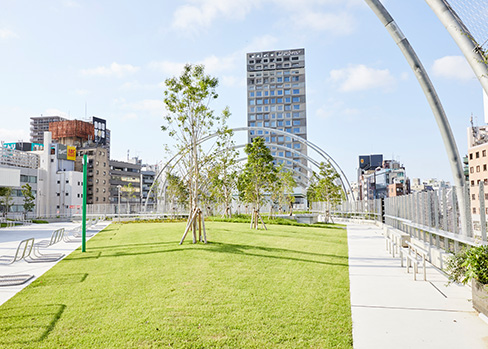
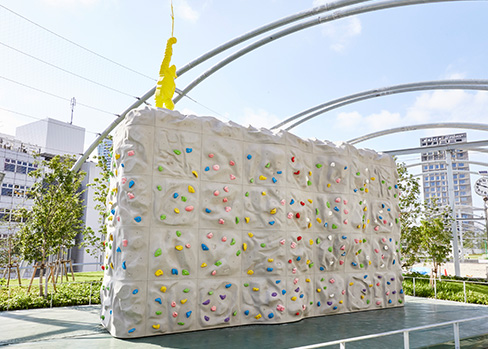
Location:1-26-5 Shibuya, Shibuya-ku, Tokyo
https://www.seibu-la.co.jp/park/miyashita-park/
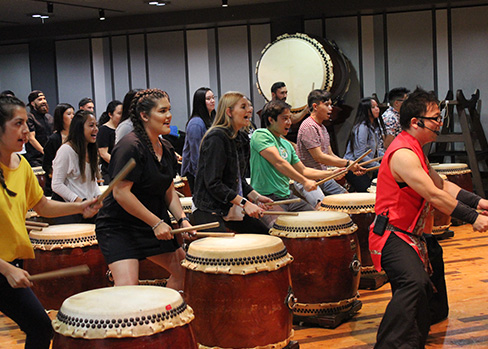
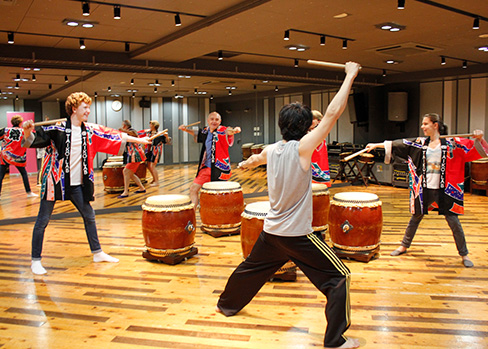
Location:Daiwa Aoyama Bldg. B1, 3-1-30 Jingumae, Shibuya-ku, Tokyo
https://www.taiko-reserve.com/en/
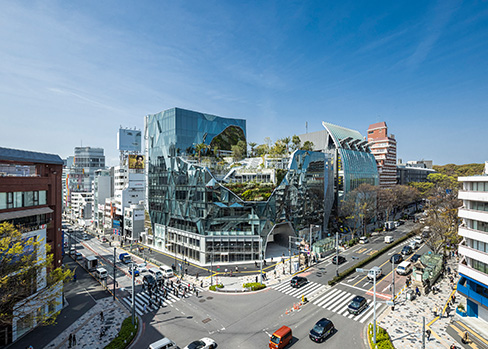
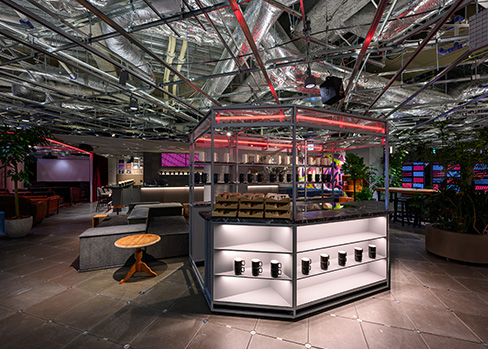
Location:6-31-21 Jingumae, Shibuya-ku, Tokyo
https://tokyu-plaza.com.e.auj.hp.transer.com/harakado/
Tokyo is a city where you can experience both Japan’s rich traditions and the latest trends. Whether it’s your first time or you’ve been here before, we’ve picked out some classic Tokyo spots you’re sure to love. Enjoy exploring the distinct features and highlights of each neighborhood, and make unforgettable memories in Tokyo.
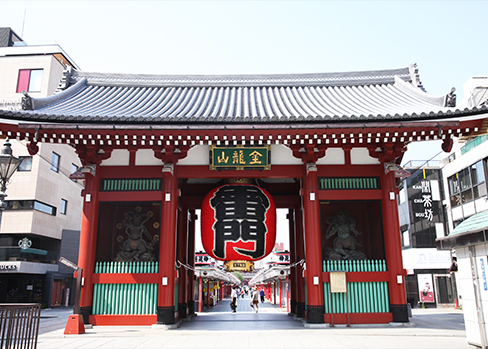
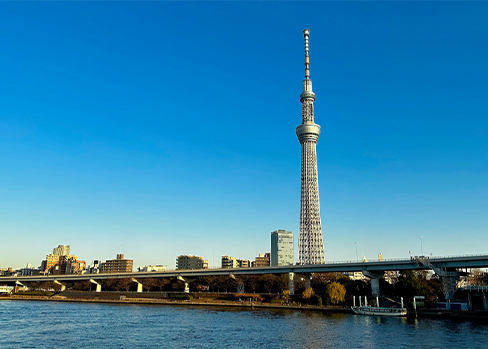
Asakusa is one of the most popular destinations among tourists for its strong connection to Edo-period culture and tradition. Its most iconic landmark is the Kaminari-mon Gate, famous for its massive red lantern. Passing through the gate brings you to Nakamise Shopping Street, a bustling lane filled with shops offering traditional souvenirs and Japanese sweets. At the end of the street stands Senso-ji, Tokyo’s oldest temple, which attracts worshippers and tourists from both Japan and abroad. You can also take a leisurely stroll along the riverside promenade by the Sumida River or enjoy a cruise on a yakatabune, a traditional Japanese houseboat. Within walking distance from Asakusa is the 634-meter-high TOKYO SKYTREE®. Don’t miss the chance to take in panoramic views of the city from its observation decks.








Tokyo’s food culture saw rapid development during the Edo period, and many of its dishes continue to satisfy locals and visitors today. Here, we introduce some of Tokyo’s all-time favorite dishes that you can casually enjoy in the city’s traditional downtown neighborhoods. From iconic Japanese dishes to popular traditional sweets, dive into the nostalgic vibes and flavors of good old Edo.

Sushi is perhaps the most recognizable symbol of Japanese cuisine around the world. Its roots can be traced back to narezushi, a fermented dish from Southeast Asia. During the Edo period, sushi evolved into its modern form, using vinegared rice paired with fresh seafood from Tokyo Bay, giving rise to what’s now known as Edomae sushi. One of the key features of Edomae sushi is the special preparation techniques used by skilled chefs, such as simmering, curing, or marinating ingredients like kohada (gizzard shad) or anago (sea eel). At Tsukiji Outer Market, which used to be Tokyo’s main fish market, you’ll find a wide variety of sushi restaurants where you can enjoy high-quality seasonal ingredients in a casual setting.
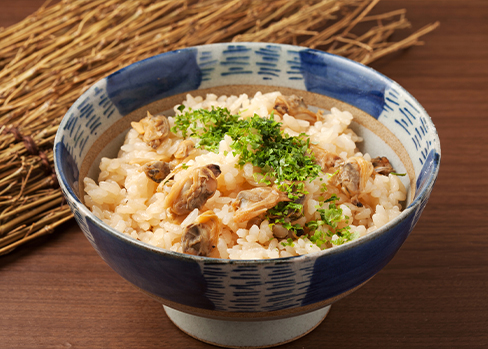
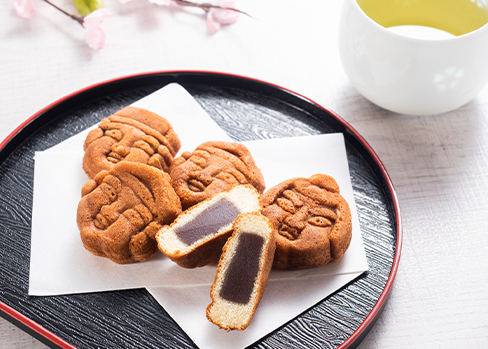
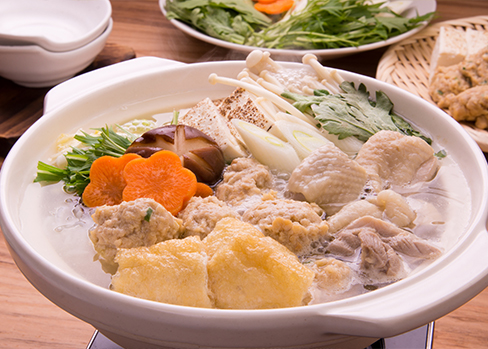
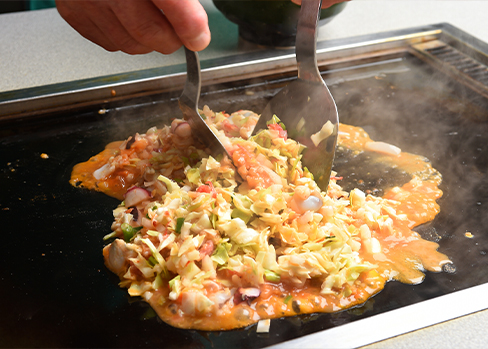
If you’re visiting Tokyo, you can explore the city while refreshing your body and mind with a scenic run, an experience that may lead you to new discoveries. From longtime favorites to trending new spots, we’ve rounded up some of the best running courses in Tokyo. Take in the sights as you enjoy a unique sightseeing run through the capital.





Watch videos that show the charms of the areas near the event venues.
Discover the exciting highlights and the athletes' passion for the upcoming World Athletics Championships Tokyo 25

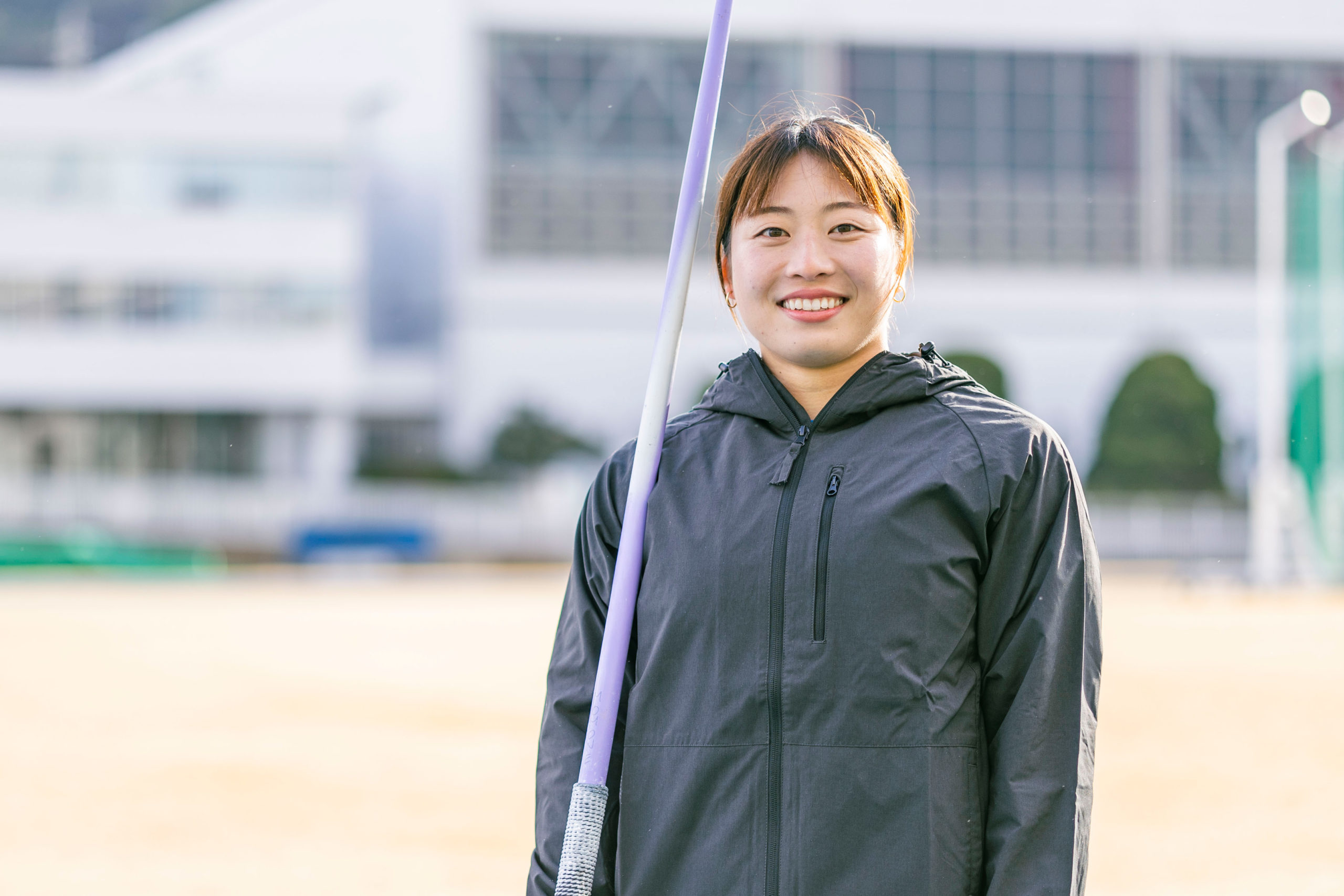
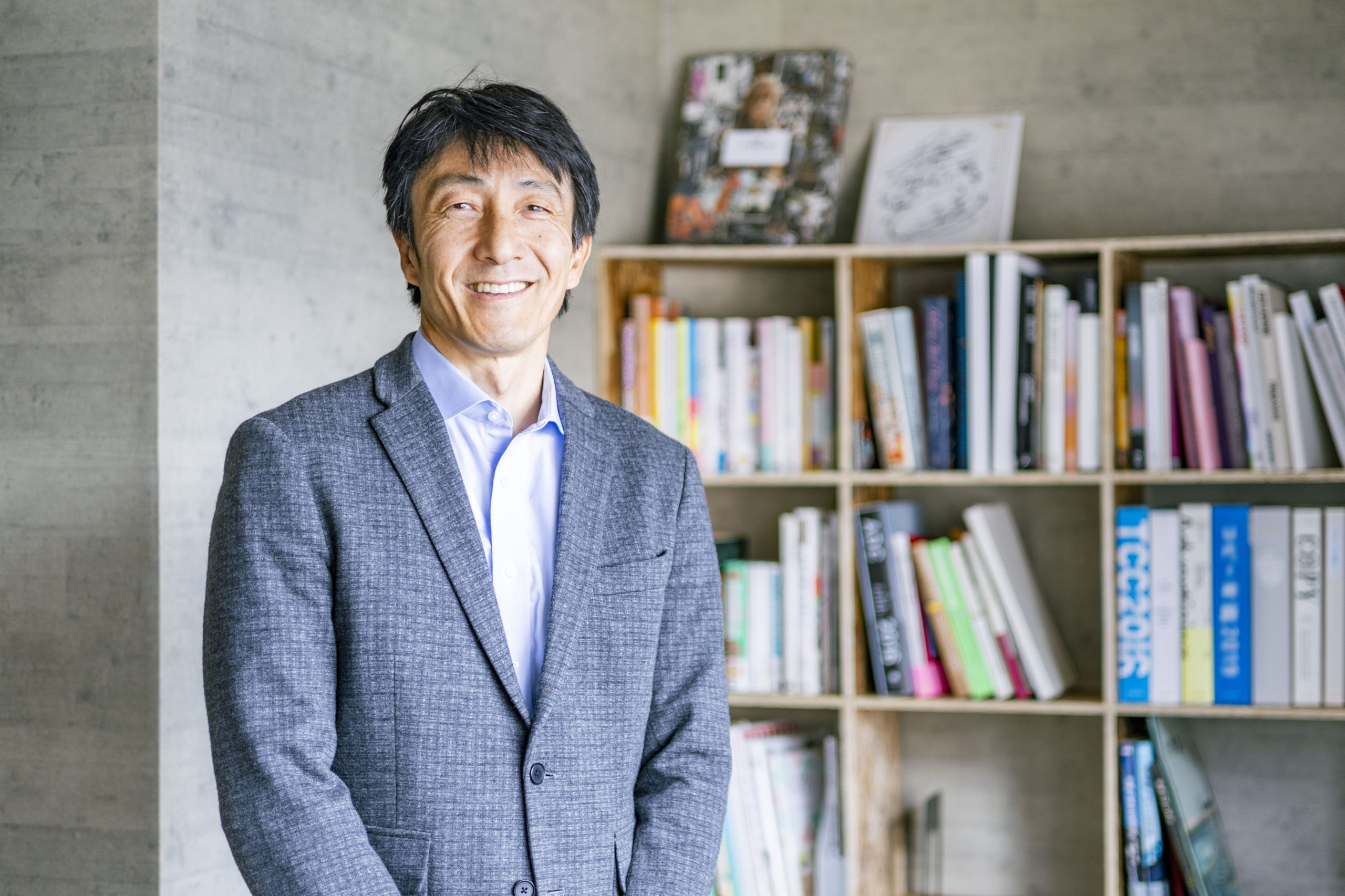
Discover information on international competitions being held in Japan,
as well as information about spots and activities where you can enjoy sports.
Enjoy a variety of sports with these helpful tips.